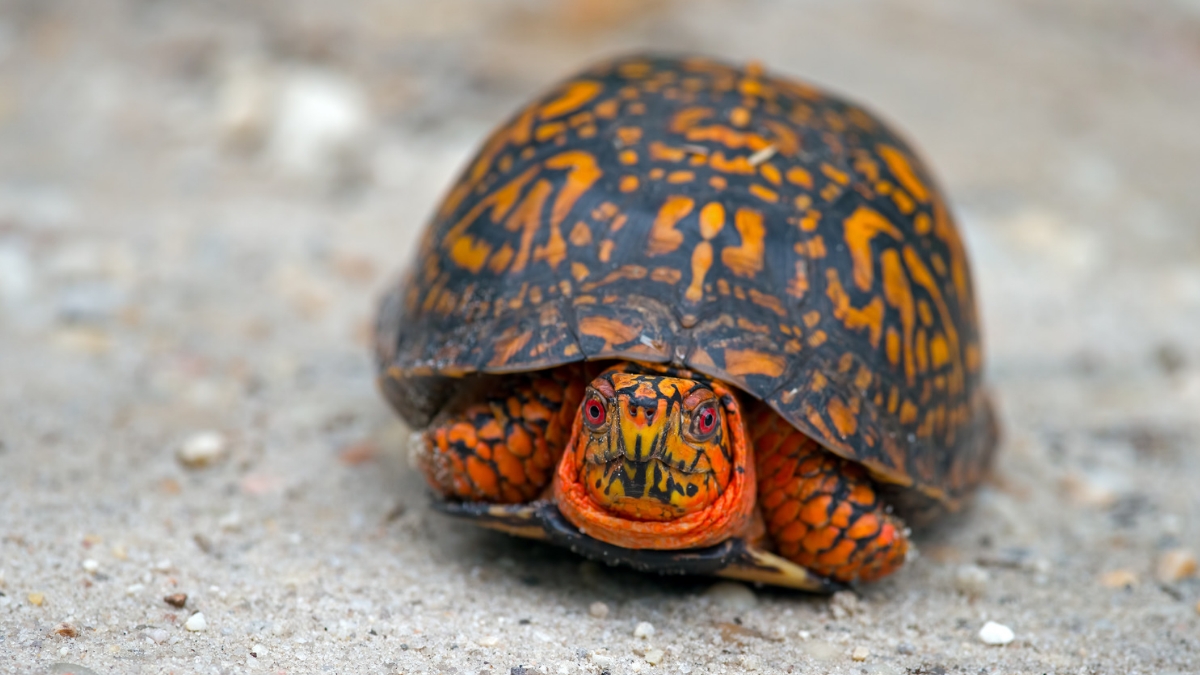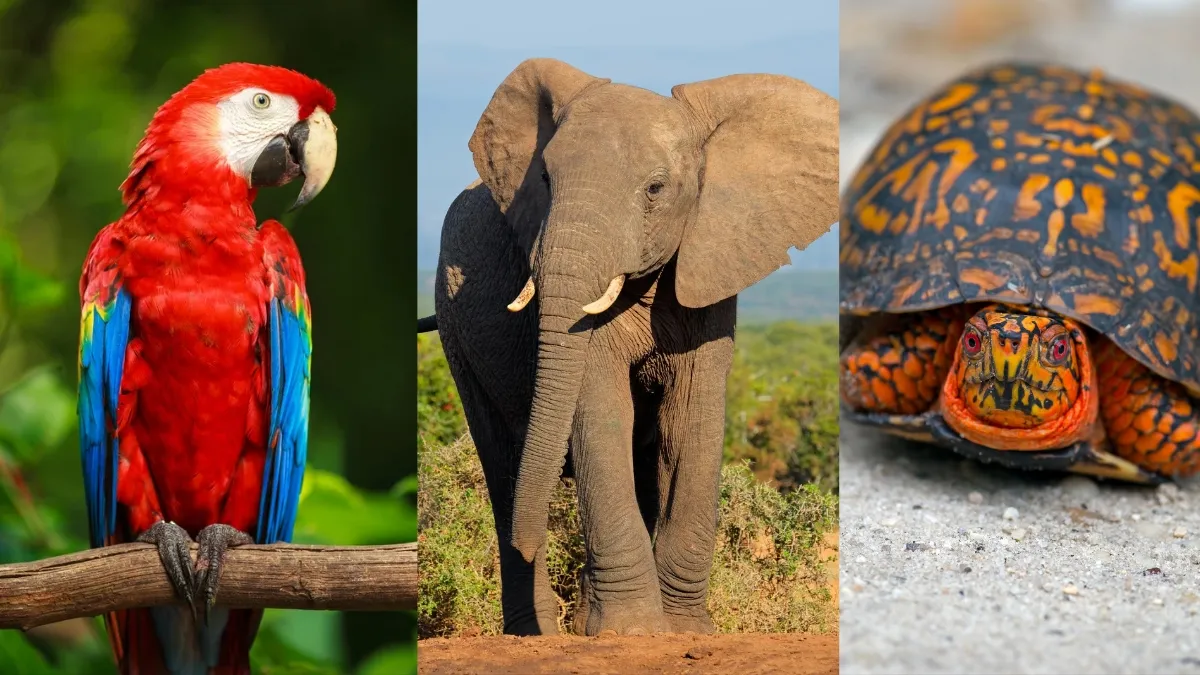- By Aditi Priya Singh
- Sun, 23 Feb 2025 06:30 PM (IST)
- Source:JND
Top 10 Animals Who Live Longer Than Humans: Many creatures live longer than the average human lifetime of 80 years, demonstrating the astounding diversity of nature. These animals, which can be found in both remote islands and enormous oceans, have unique characteristics that let them live long lives. The Greenland shark, for example, can live for centuries and some estimates place its longevity as high as 500 years. Similarly, the Galápagos giant tortoise, which is indigenous to the Galápagos Islands, is renowned for its enormous size and life expectancy of over 100 years.
List Of Top 10 Animals Who Live Longer Than Humans
Here are ten remarkable animals known for their exceptional longevity, each surpassing the average human lifespan:
| Animal | Life Span |
| Elephant | 80+ Years |
| Macaws | 80+ Years |
| Blue Whale | 90+ years |
| Box Turtle | 100+ Years |
| Tuatura | 100+ Years |
| Galapagos tortoise | 150+ Years |
| Rougheye rockfish | 200+ years |
| Koi Fish | 200+ Years |
| Greenland Shark | 270+ years |
| Tubeworm | 300+ Years |
1. Elephant
Elephants can live up to 80 years, especially Asian elephants. They are the biggest land mammals and are renowned for their remarkable memories, social ties, and intelligence. Their bulk and sluggish metabolism are thought to be responsible for their extended lifetime.
2. Macaws
 Macaws (Image: Canva)
Macaws (Image: Canva)
Originally from Central and South America, macaws are huge, multicoloured parrots. Macaws are very friendly, extremely intelligent birds that are distinguished by their vivid plumage and powerful beaks. Some macaws can survive in captivity for over 80 years with the right care, making them lifelong friends.
3. Bowhead Blue Whale
The largest mammal on the earth, is the blue whale, with a lifespan of up to 90 years. With a maximum length of 100 feet, these gentle giants are renowned for their enormous size. They consume several tonnes of small krill every day, despite their size.
4. Box Turtle
 Box Turtle (Image: Canva)
Box Turtle (Image: Canva)
North American box turtles are small terrestrial reptiles. They are identifiable by their hinged plastrons and domed shells, which allow them to fully cocoon themselves for protection. Their protected lifestyle and sluggish metabolism help them live to be beyond 100 years old.
5. Tuataras
 Tuataras ( Image: Canva)
Tuataras ( Image: Canva)
A unique species of reptiles, tuataras are native to New Zealand and resemble lizards. They have distinctive characteristics such as spiky crests over their backs and a third "parietal" eye. Tuataras are slow-growing animals that can live for more than a century. Some of them continue to reproduce well into their 100s.
6. Galapagos Tortoise
These enormous tortoises, which are found in the Galápagos Islands, are well-known for their remarkable size and lifespan. They have a slow metabolism, may go months without food or drink and can weigh up to 500 pounds. Their easygoing way of living helps them live to be over 150 years old.
7. Rougheye Rockfish
Found in the Pacific Ocean, The rougheye rockfish, which may live for more than 200 years is one of the longest-living fish species. They are distinguished by their pink or brownish bodies and spiky fins and they live in deep waters. Their slow development rate and deep-sea environment are associated with their lifespan.
8. Koi Fish
 Koi Fish (Image: Canva)
Koi Fish (Image: Canva)
Originating in Japan, koi fish are ornamental carp that are known for their vivid hues and patterns. Under ideal circumstances, some koi have been known to live over two centuries, however, their average lifespans are between 35 to 40 years. Care, environment and genetics all affect how long they live.
9. Greenland Shark
The chilly, deep waters of the North Atlantic and Arctic Oceans are home to the Greenland shark. These sharks grow slowly and can grow up to 24 feet in length. They are believed to live between 270 and 400 years, which is the longest lifespan of any vertebrate. Their sluggish metabolism and frigid surroundings are responsible for their remarkable longevity.
10. Tubeworm
 Tubeworms (Image: Canva)
Tubeworms (Image: Canva)
Tubeworms, more especially the species Escarpia laminata, are deep-sea organisms that live close to hydrothermal vents. They can grow up to 10 feet in length and anchor themselves to the ocean floor. Among the longest-living non-vertebrate creatures, these tubeworms can live for more than three hundred years in the steady, frigid conditions of the deep oceans.

